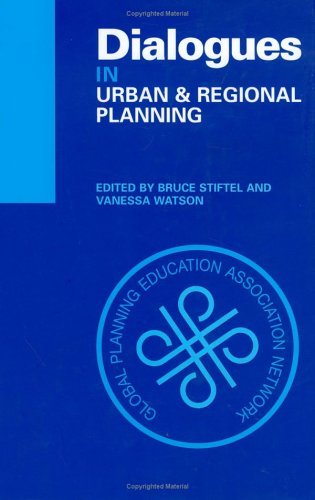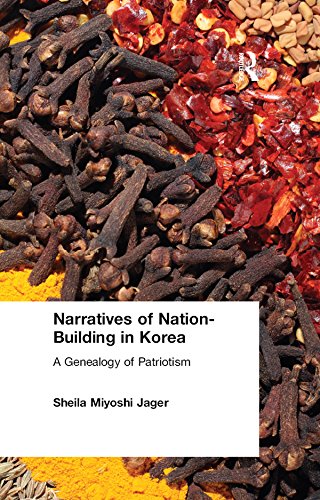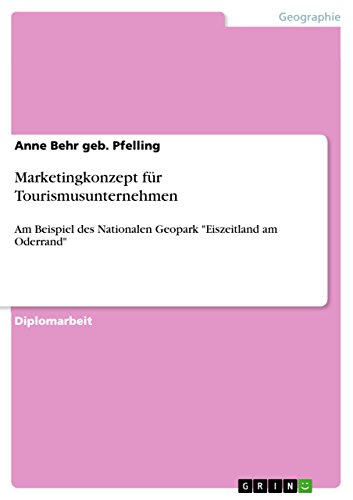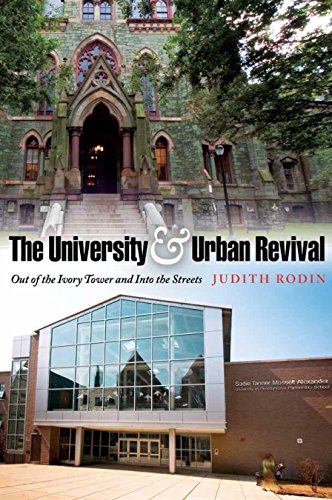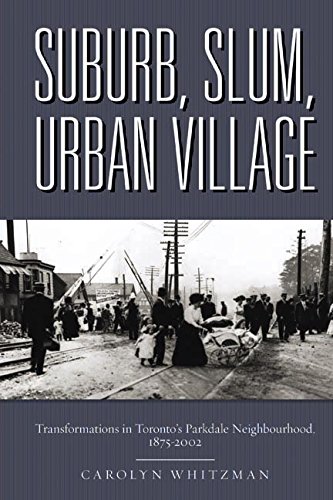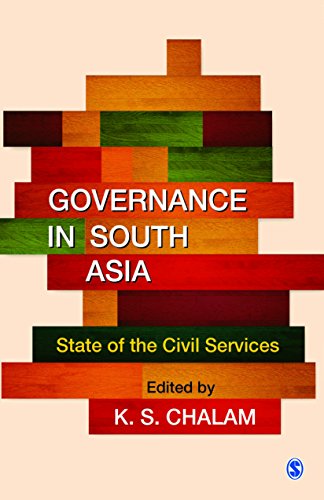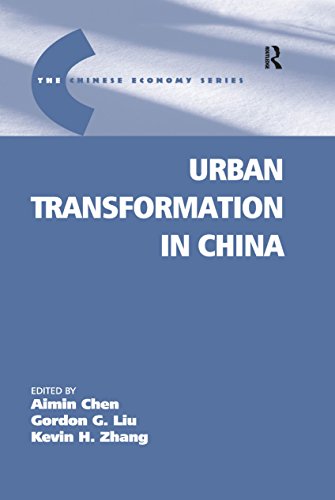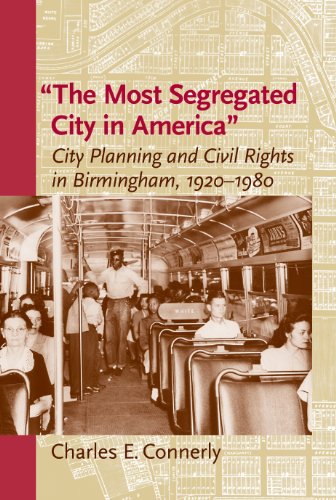In the final region of the 20 th century, city faculties and universities discovered themselves enveloped via the poverty, crime, and actual decline that American towns. a few associations grew to become inward, attempting to insulate themselves instead of tackle the issues of their personal backyards. Others tried to boost higher group relatives, notwithstanding alterations have been not easy to sustain.
Spurred by means of an remarkable crime wave in 1996, college of Pennsylvania President Judith Rodin knew that the time for pressing motion had arrived, and she or he set a brand new process proactive group engagement for her collage. Her commitment to the revitalization of West Philadelphia was once guided via her function not just as president but additionally as a lady and a mom with a deep affection for her hometown.
The aim used to be to construct capability again right into a significantly distressed inner-city neighborhood—educational capability, retail capability, quality-of-life ability, and particularly fiscal capacity—guided by way of the idea that "town and costume" may unite as one richly varied community.
Cities depend on their educational associations as reliable locations of employment, cultural facilities, civic companions, and focused populations of shoppers for neighborhood company and prone. And a aggressive college calls for a colourful local to fulfill the desires of its school, employees, and scholars. according to their undertaking, city universities are uniquely situated to steer their groups in revitalization efforts, but this attempt calls for resolute persistence.
During Rodin's management (1994-2004), the Chronicle of upper Education said Penn's development as a "national version of positive town-gown interplay and partnership." This booklet narrates the demanding situations, frustrations, and successes of Penn's crusade, and its customers for long term change.
